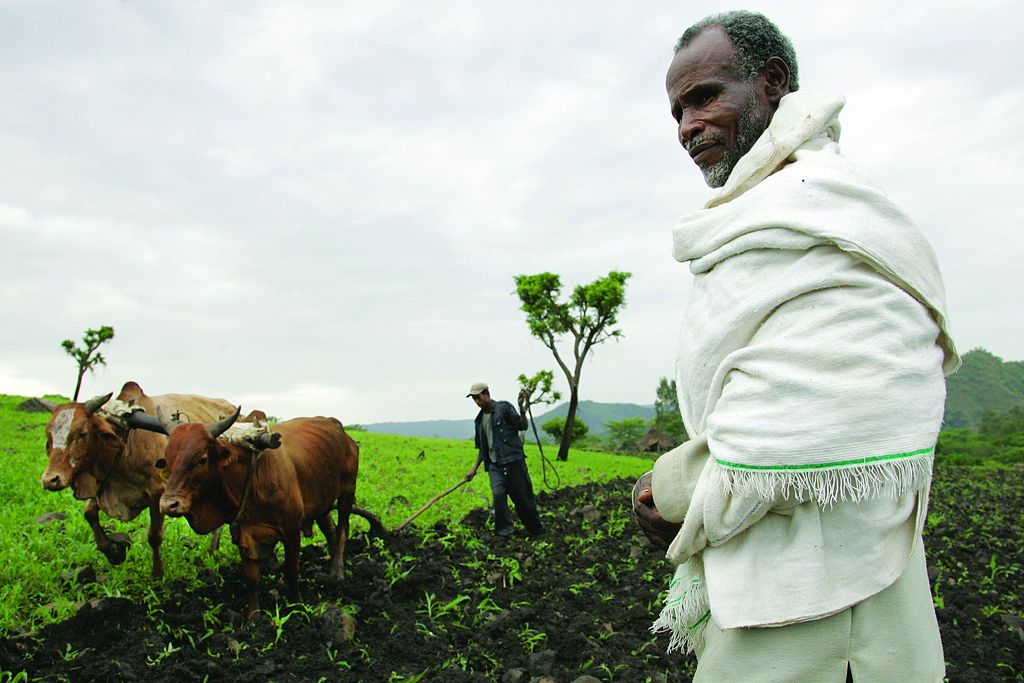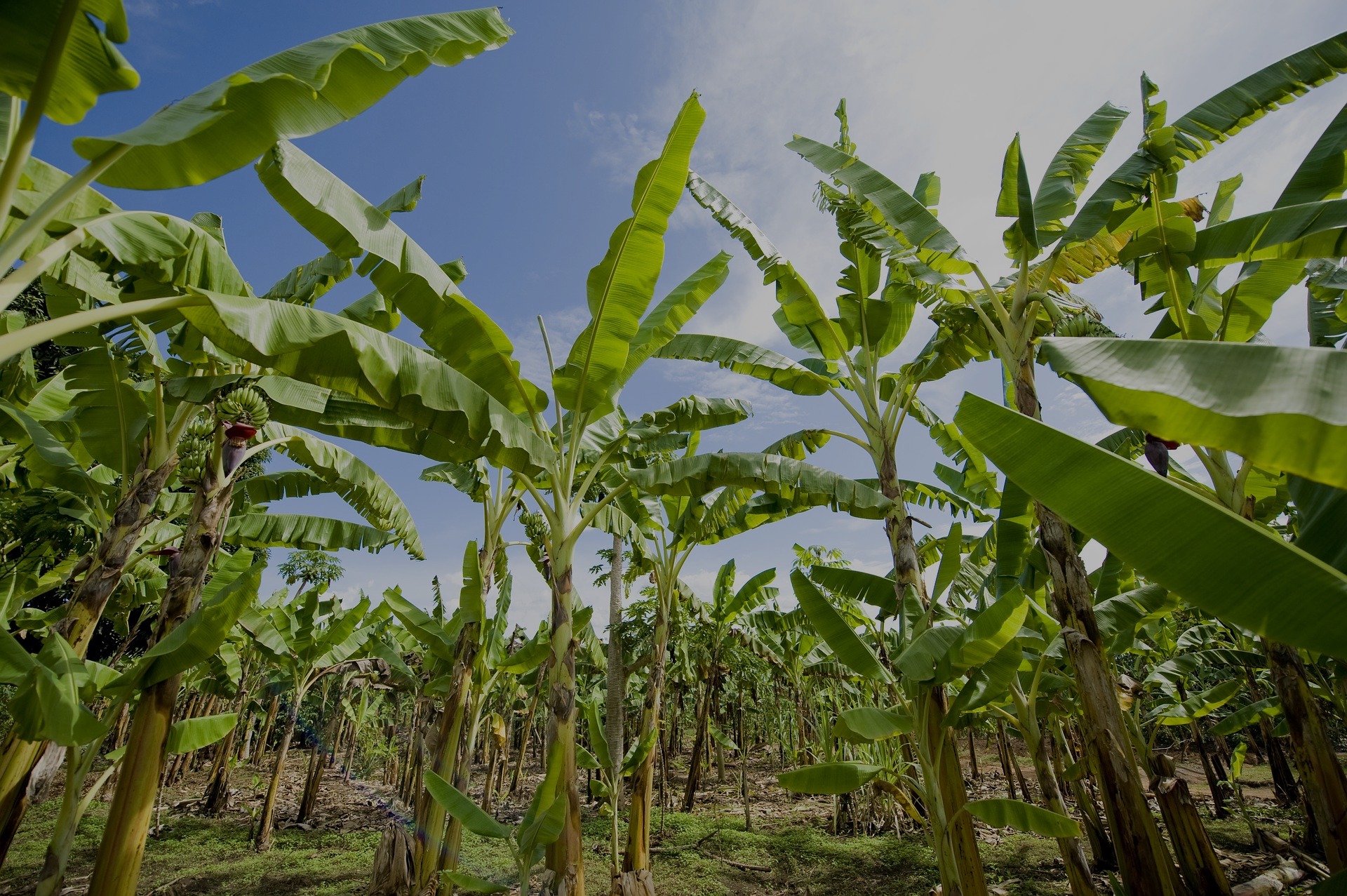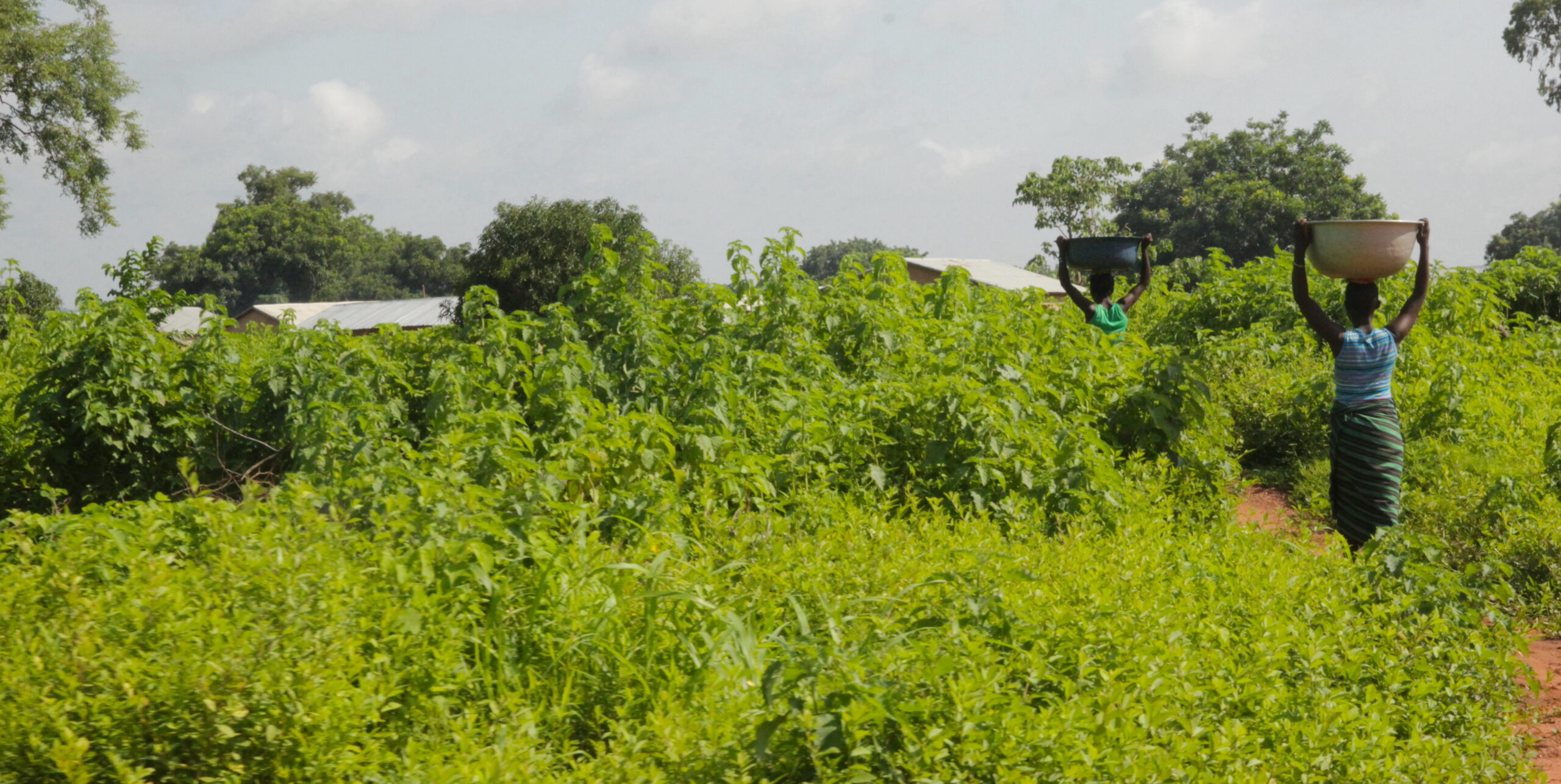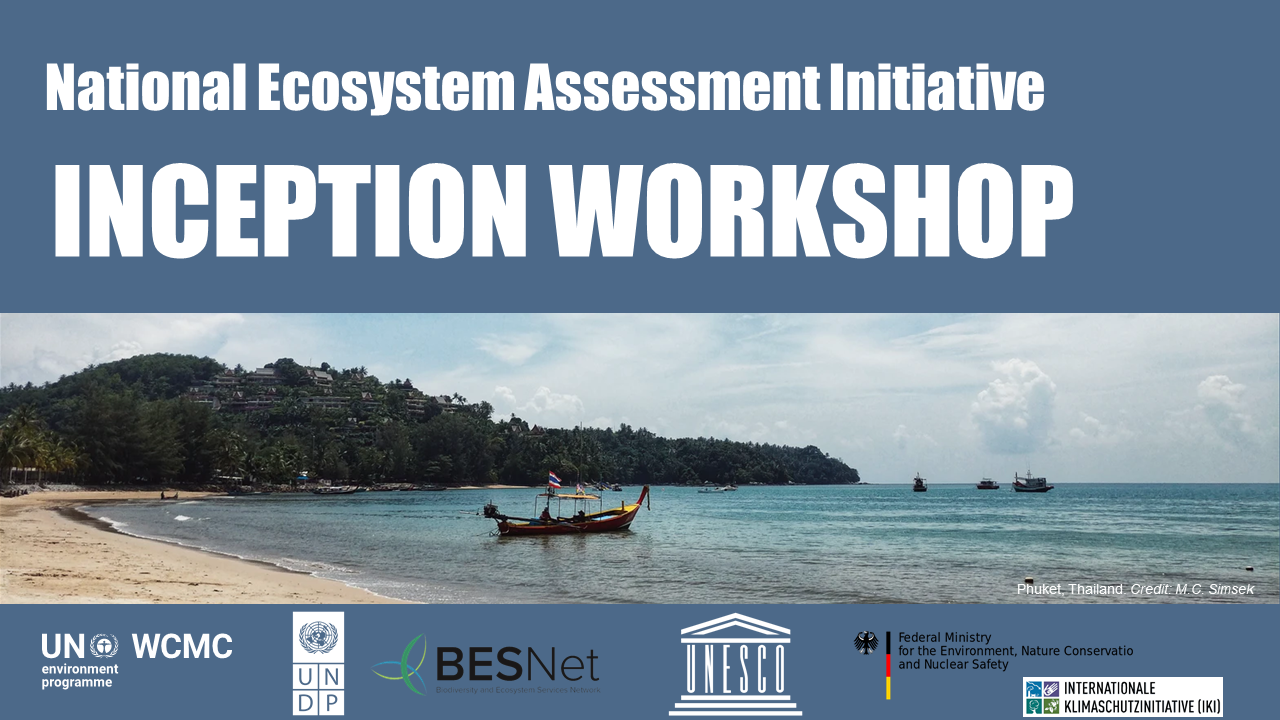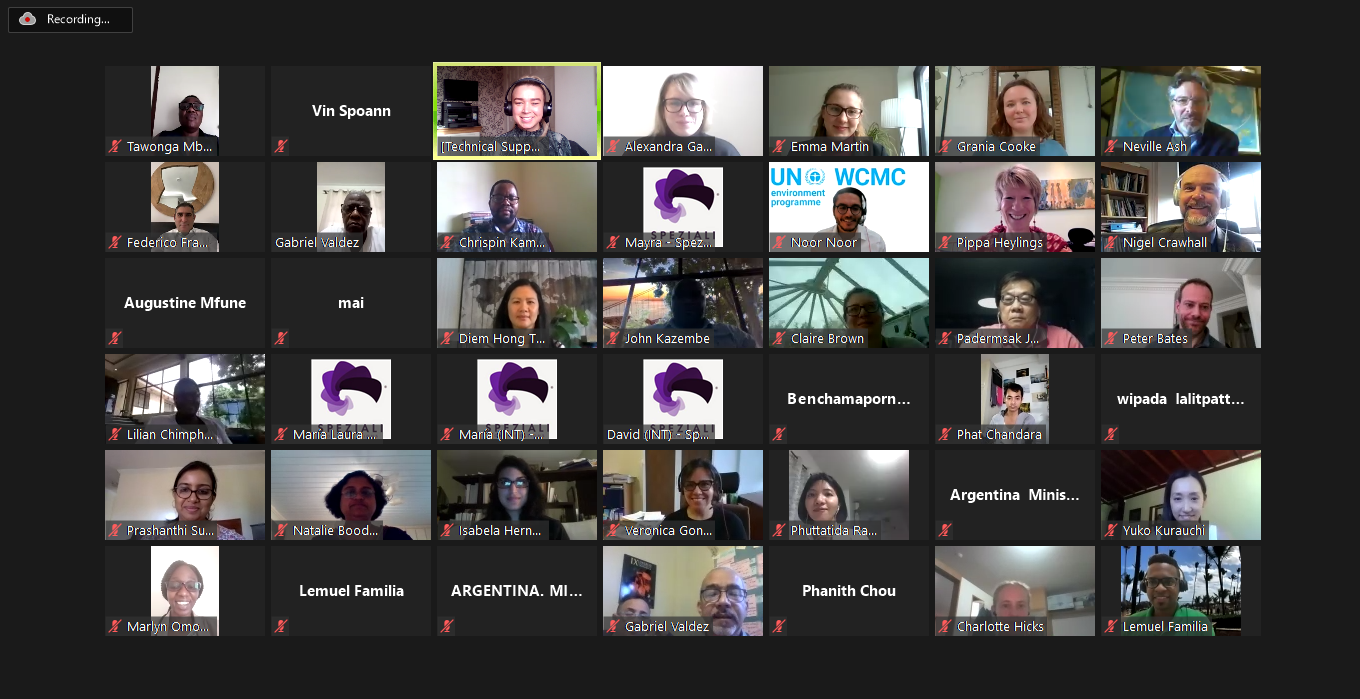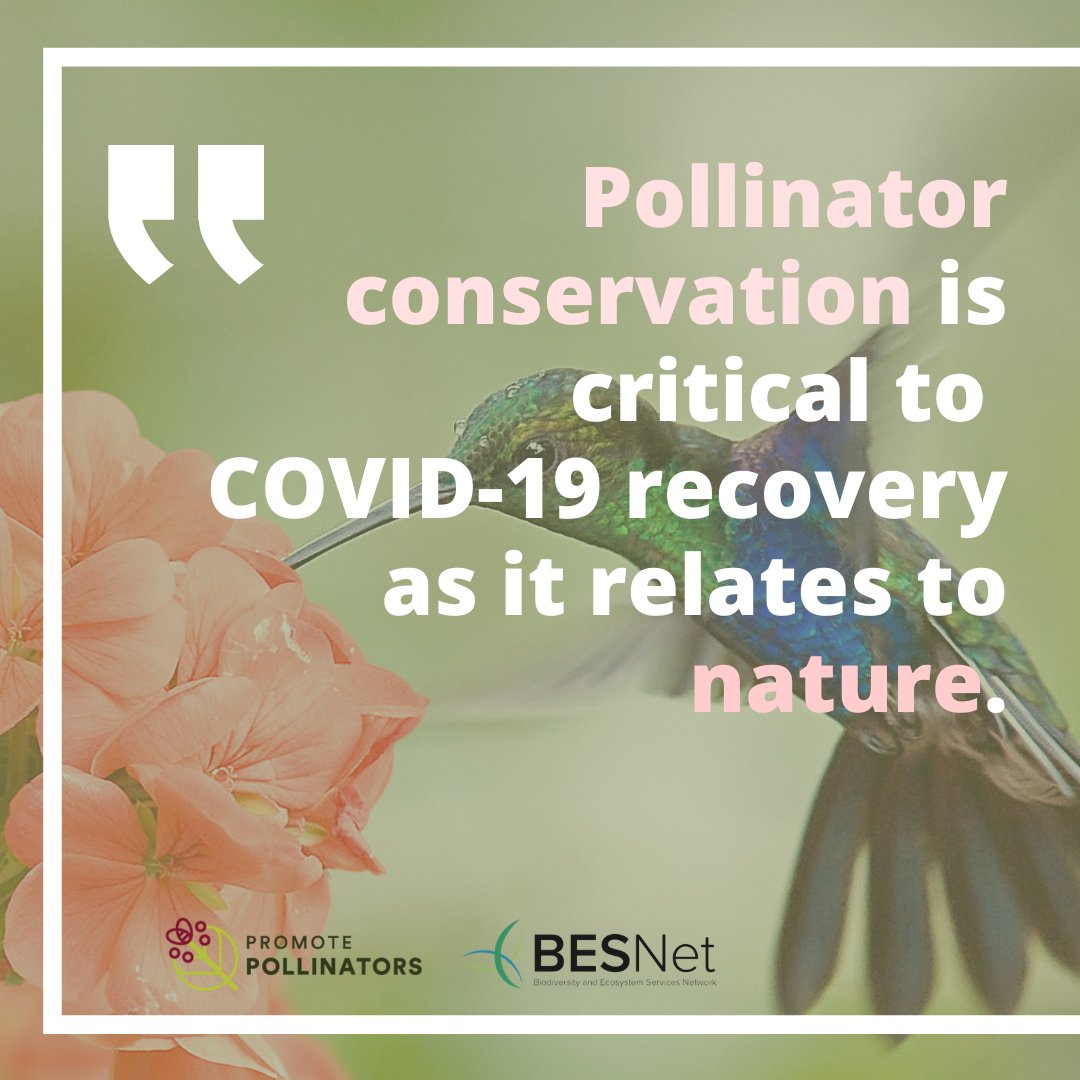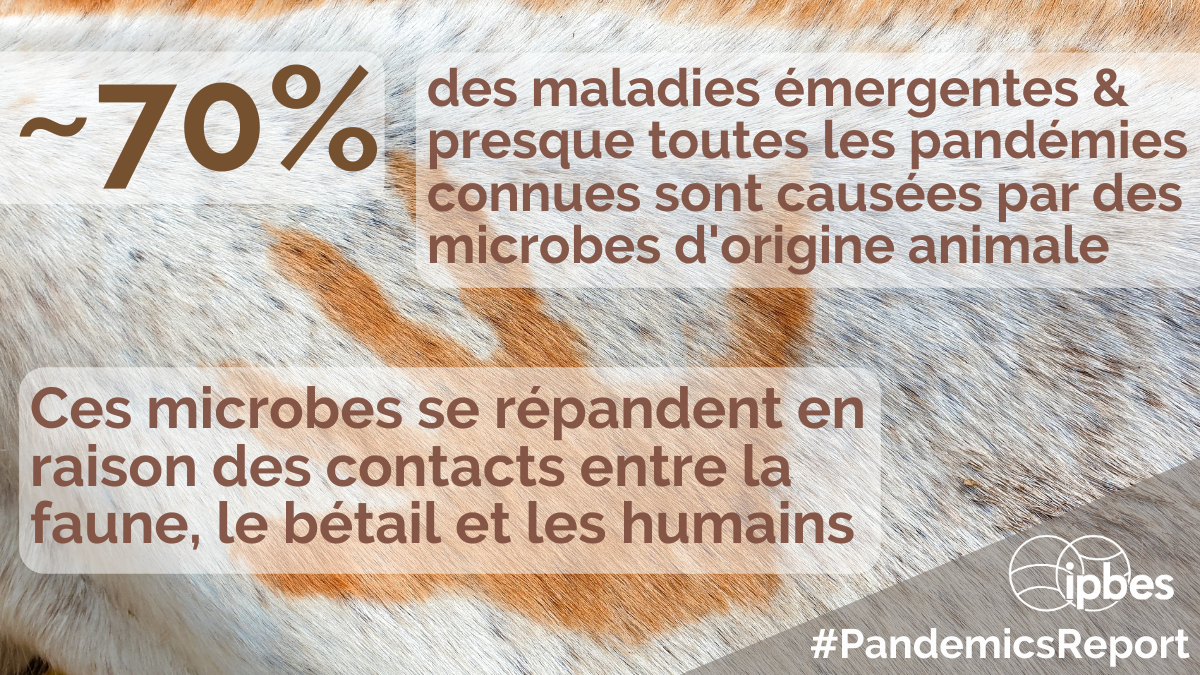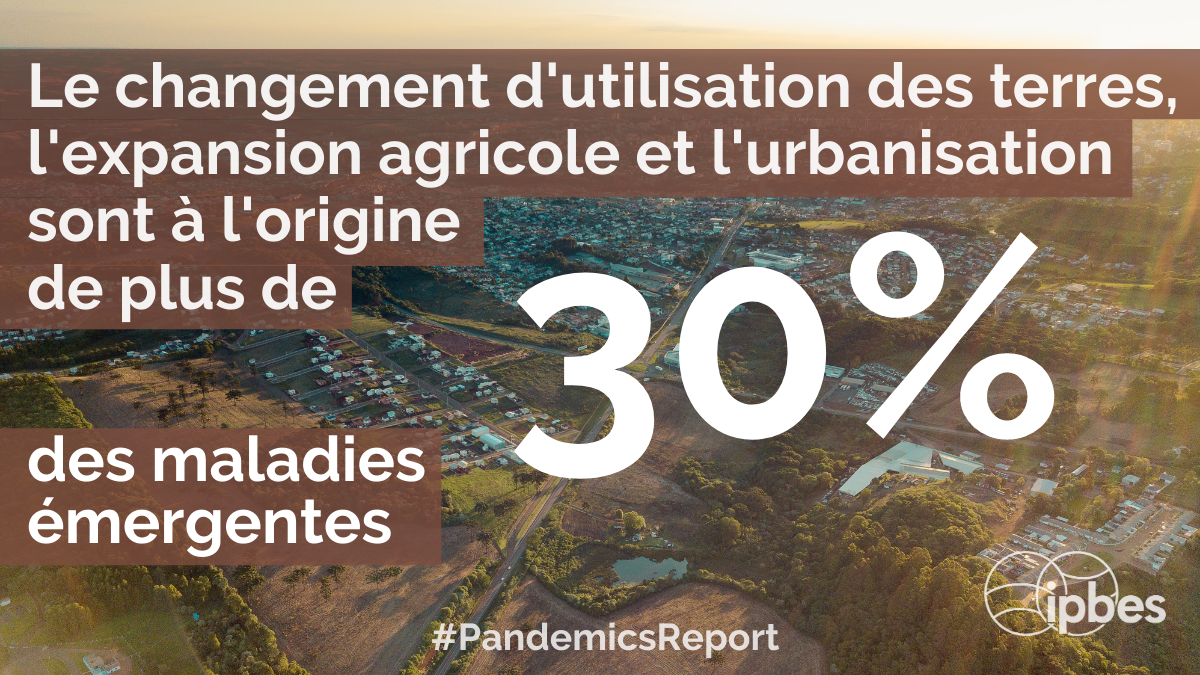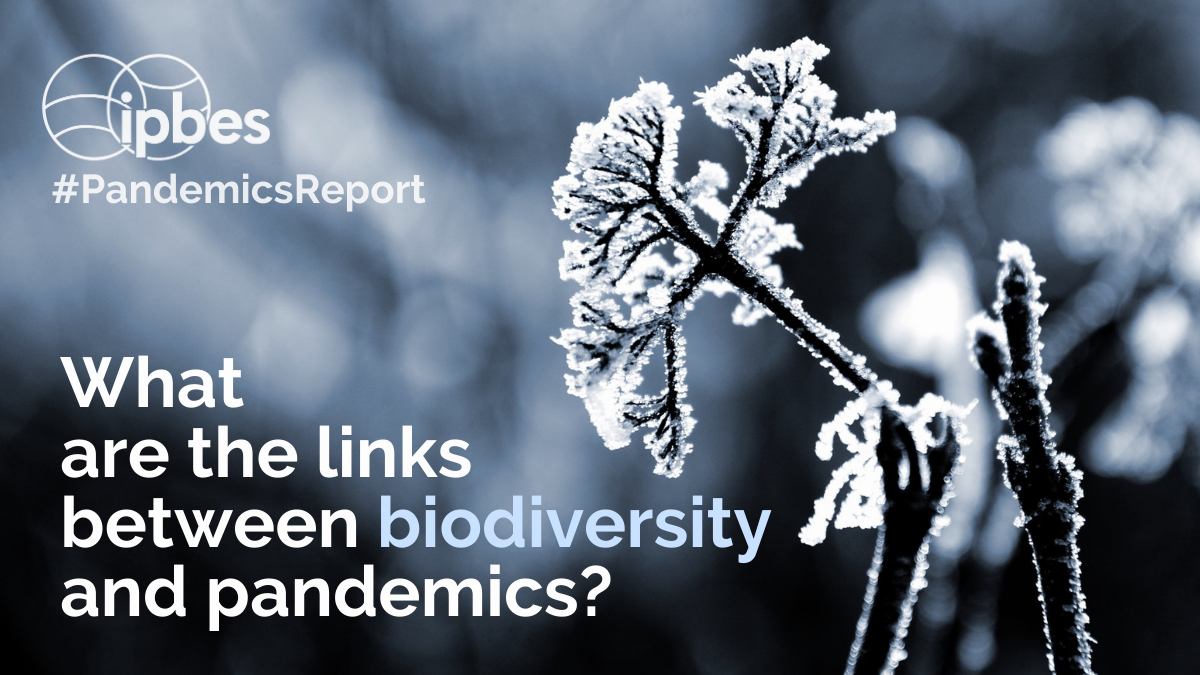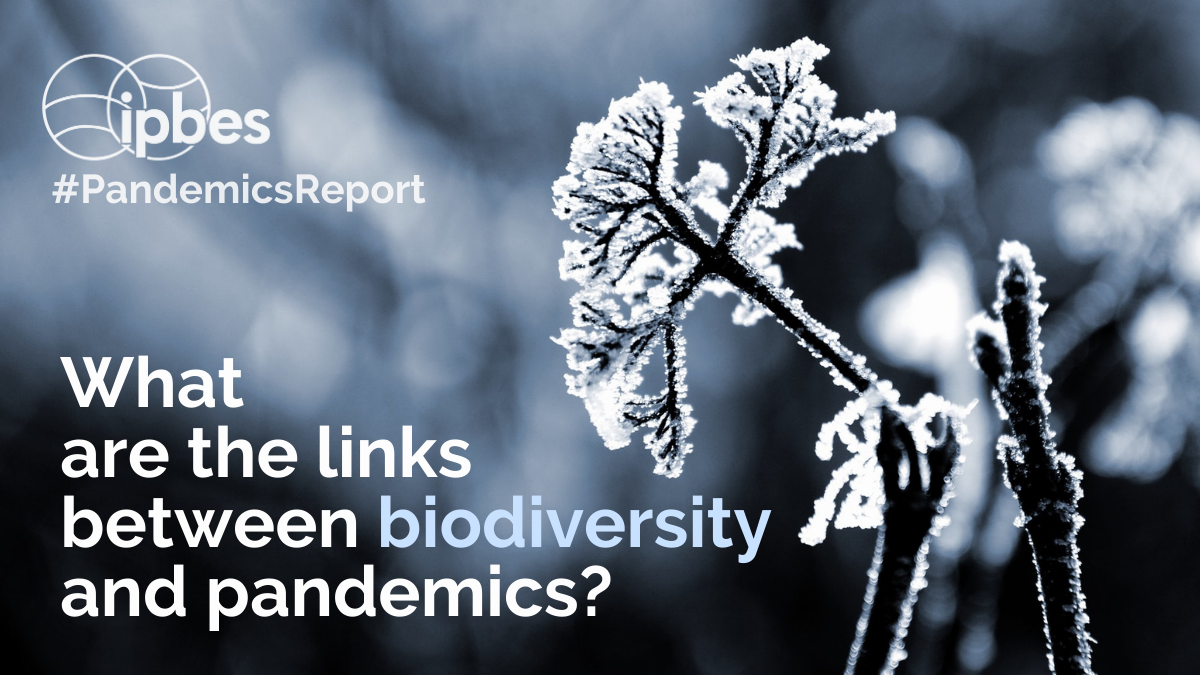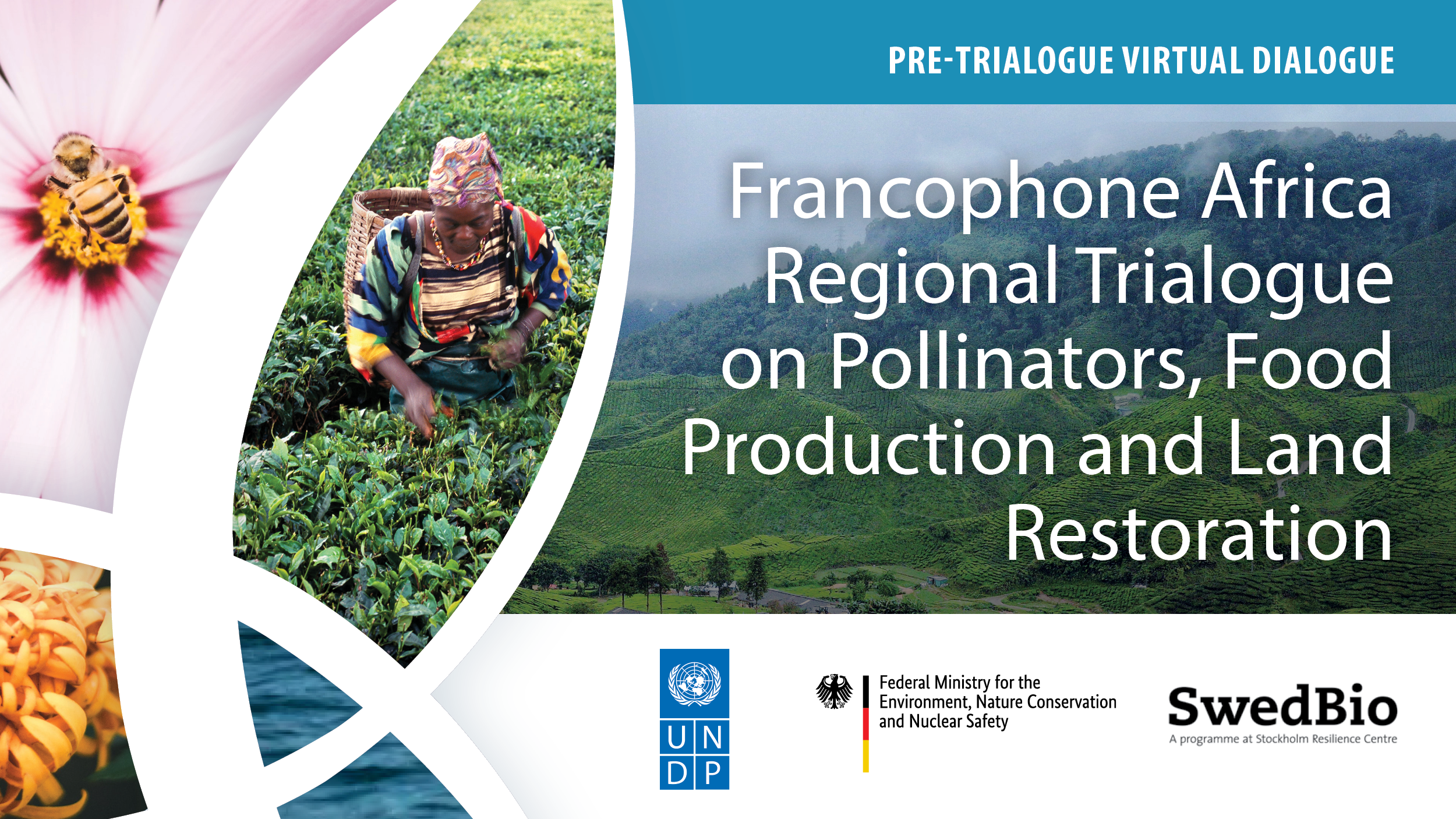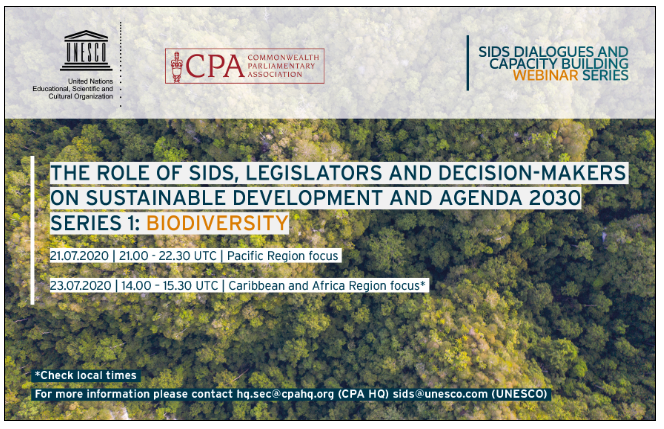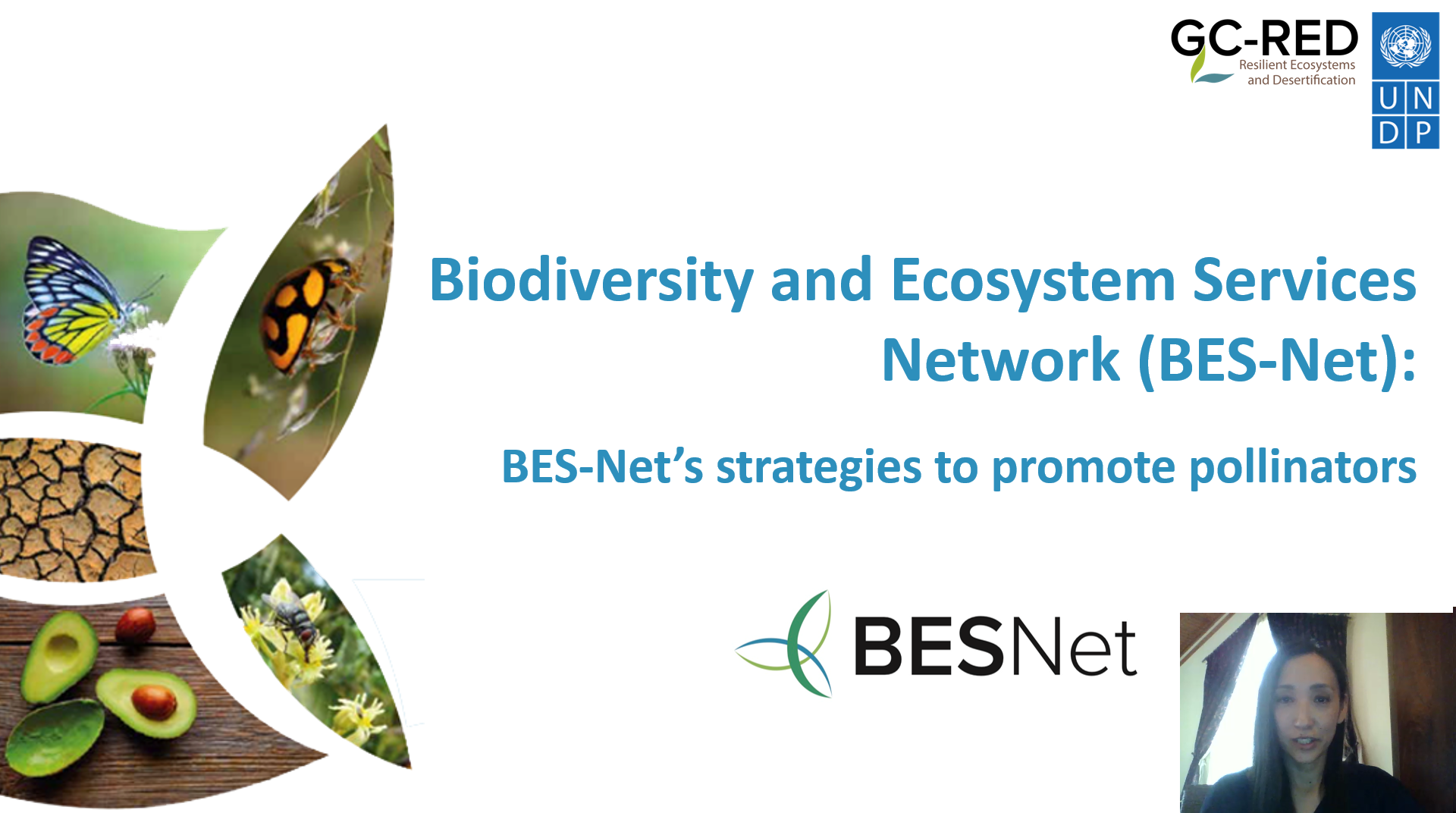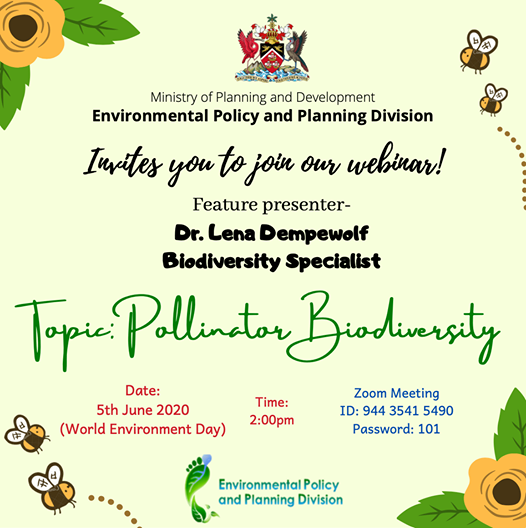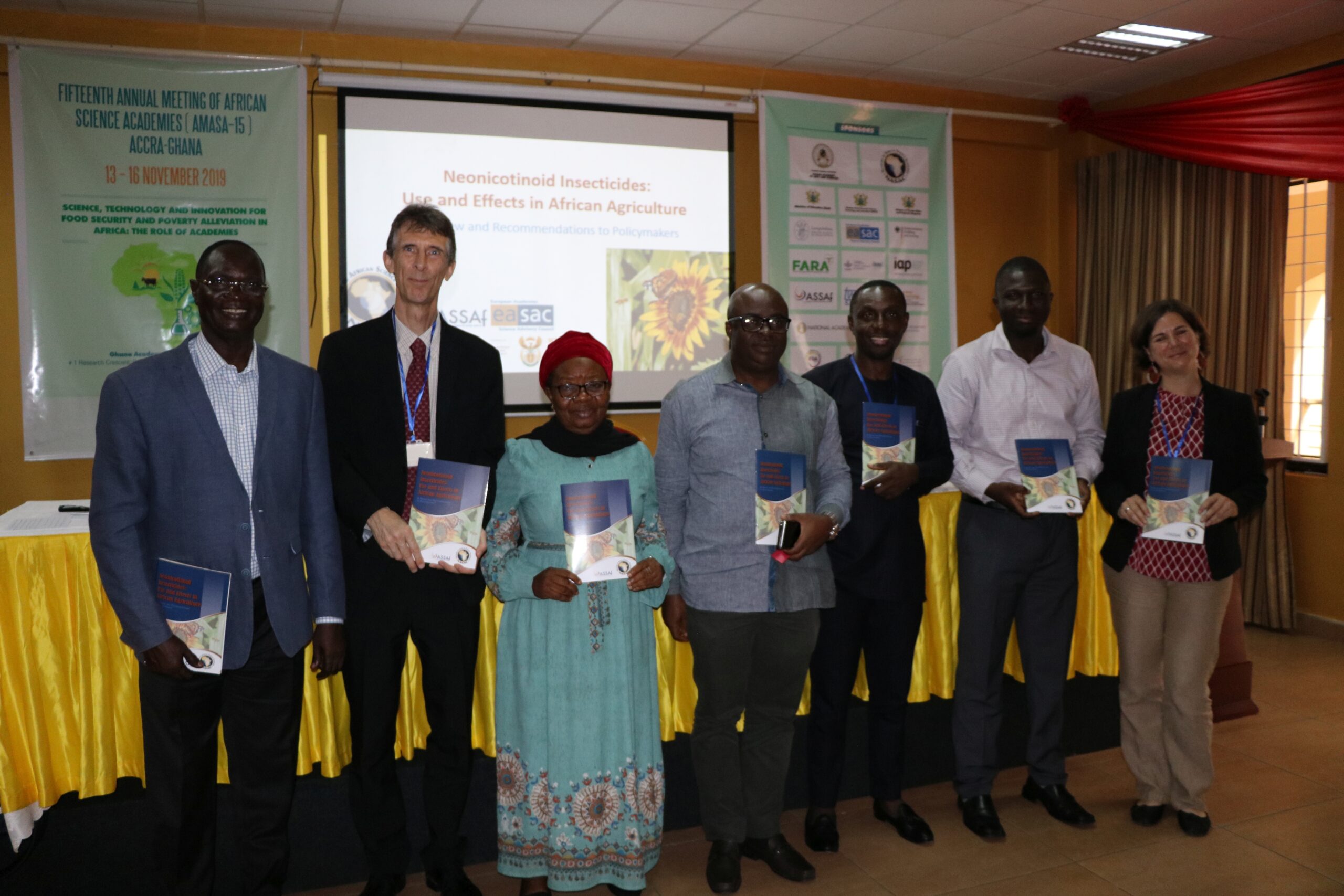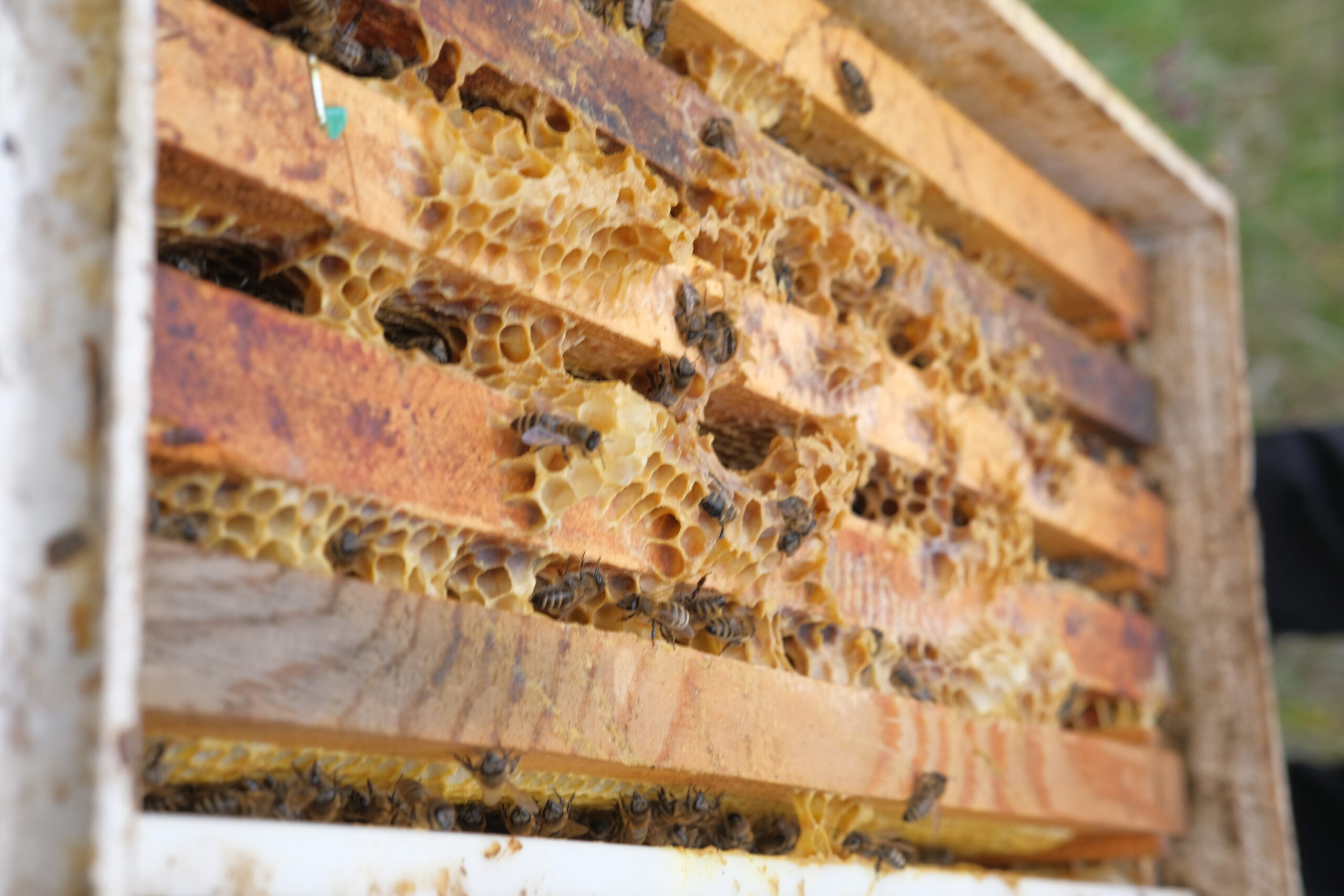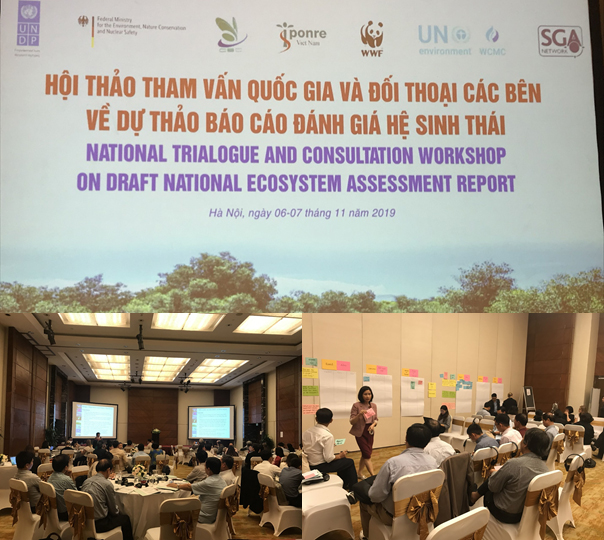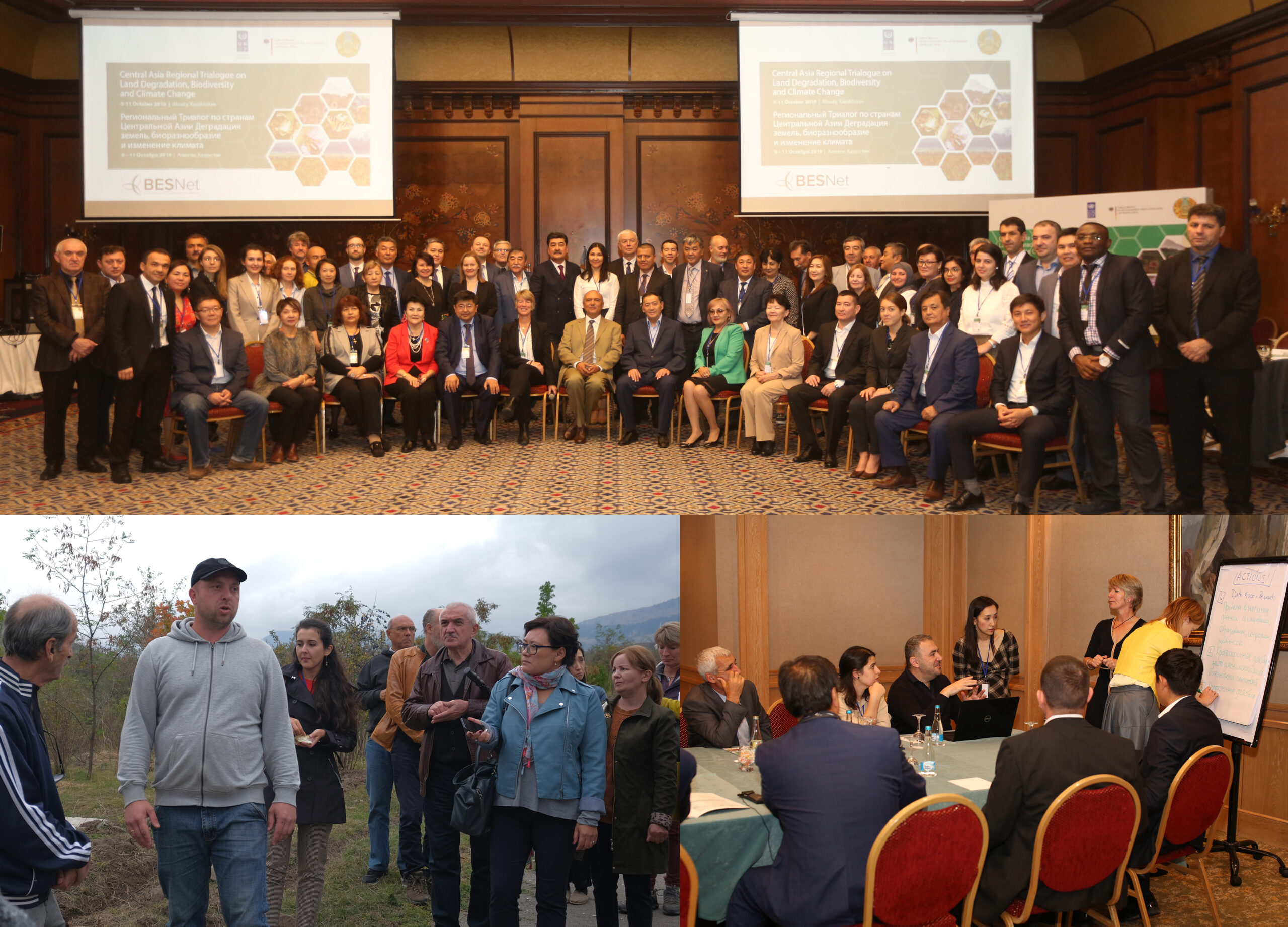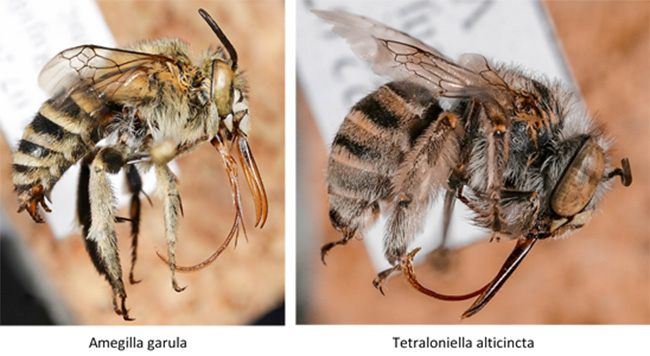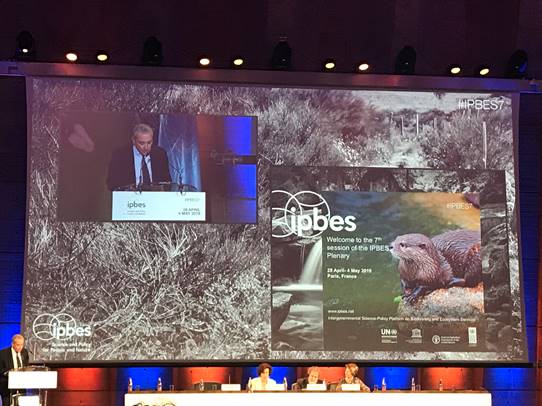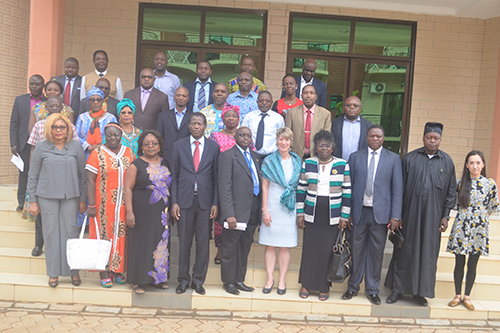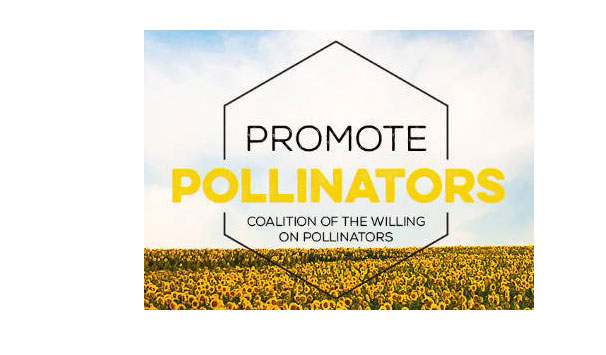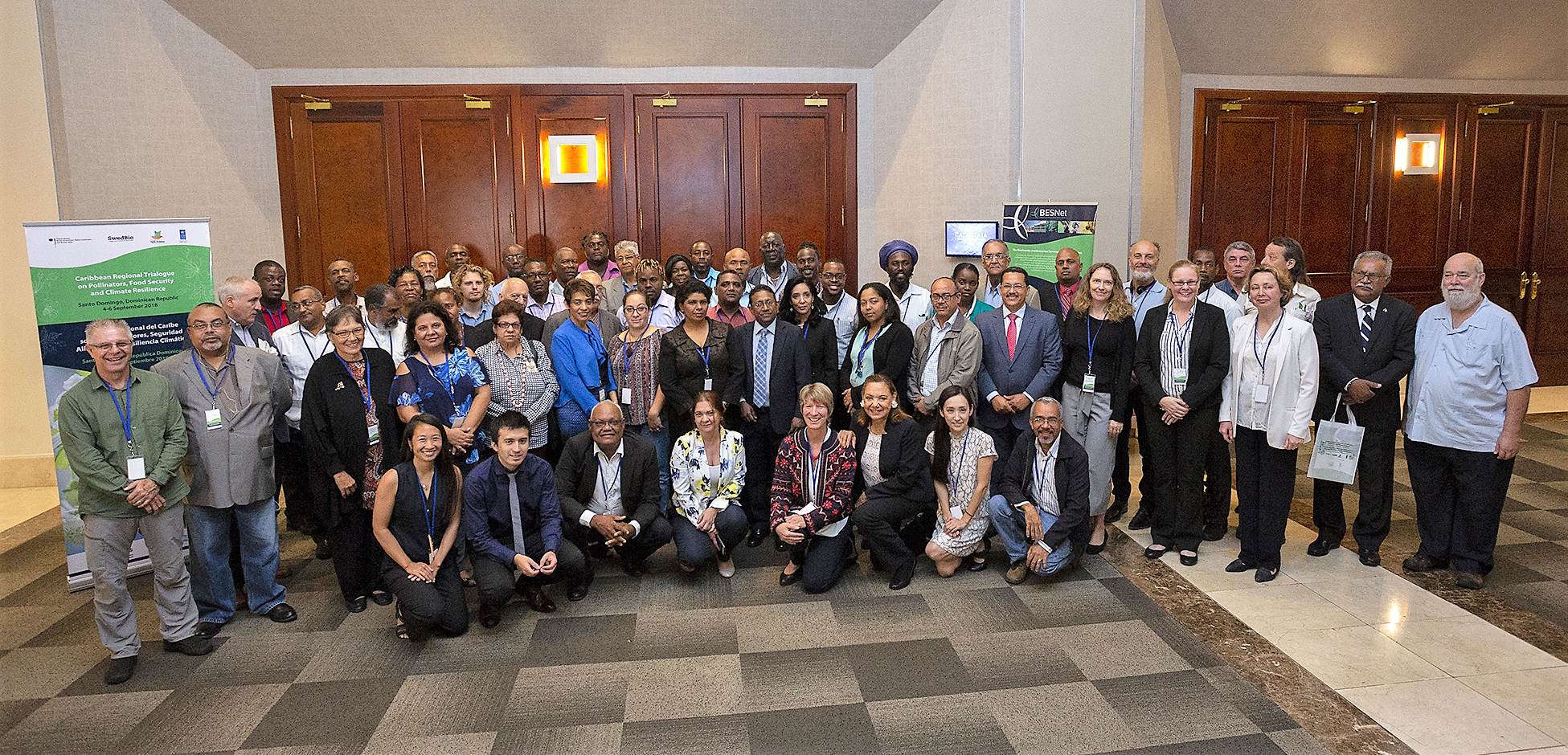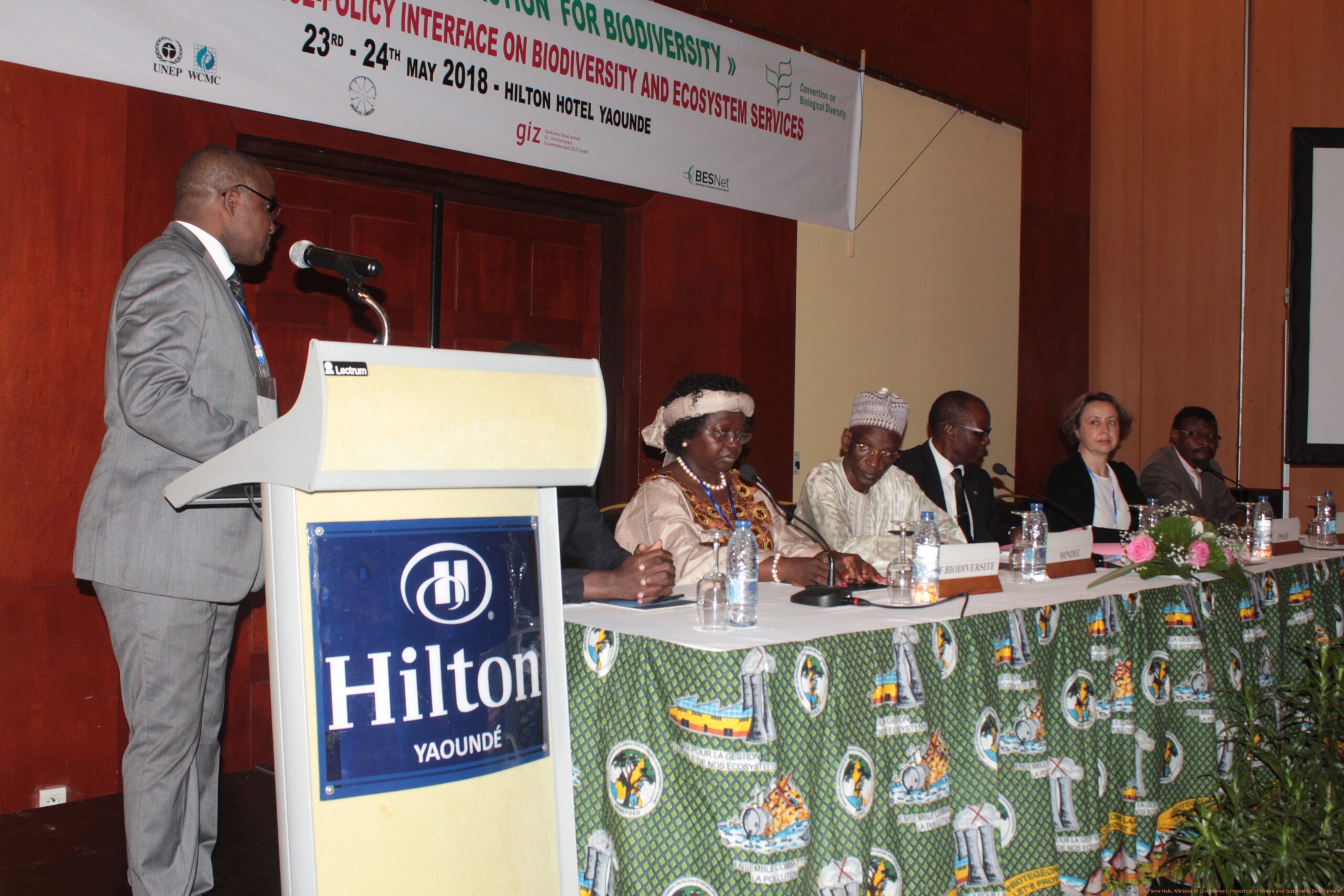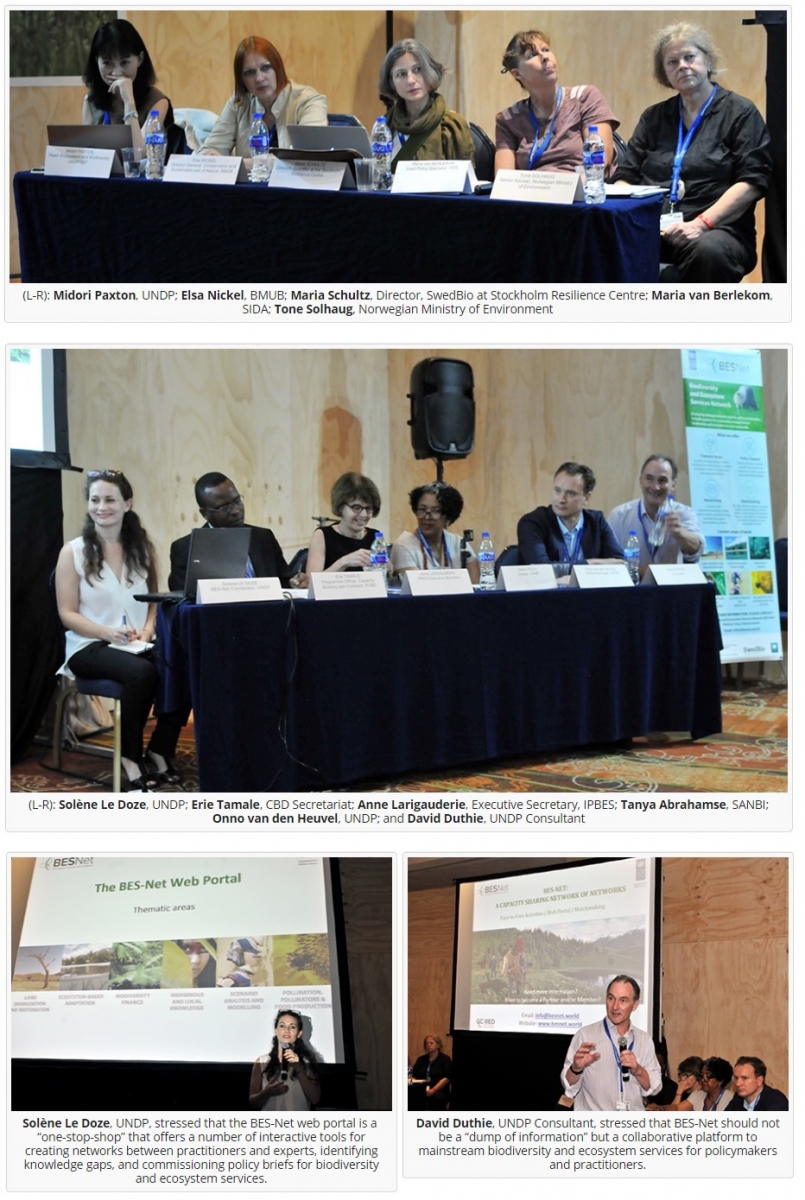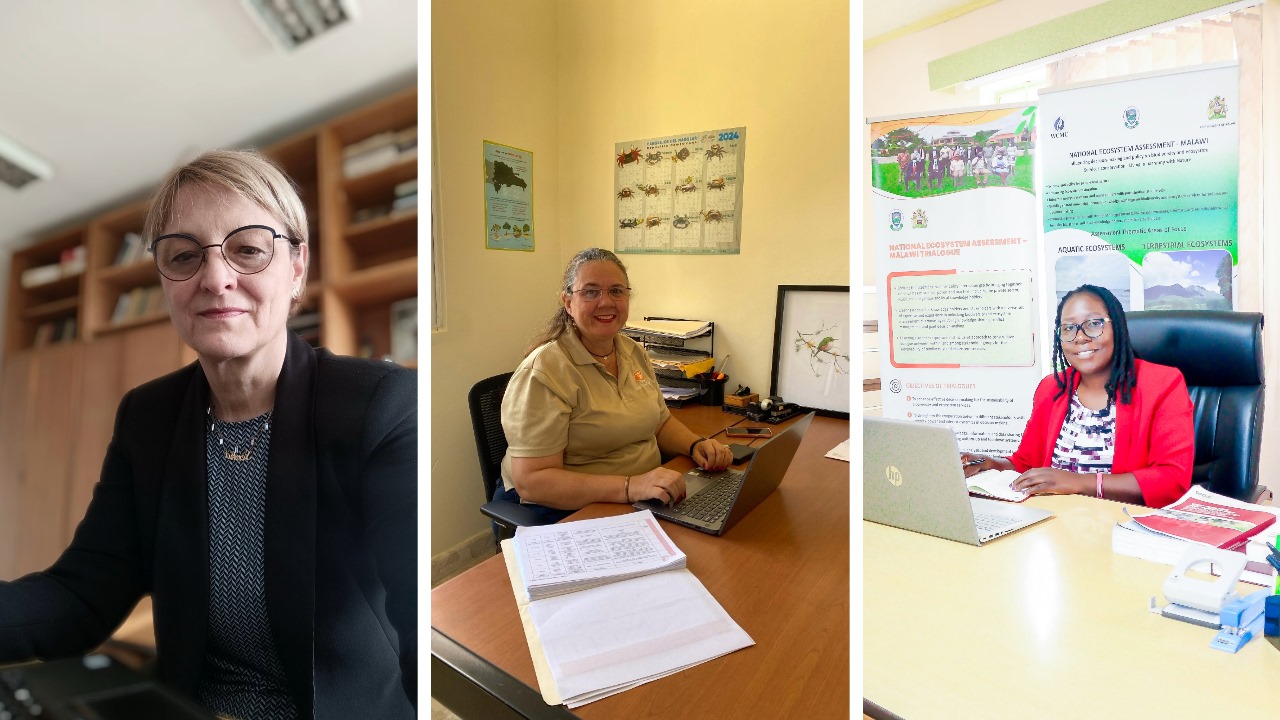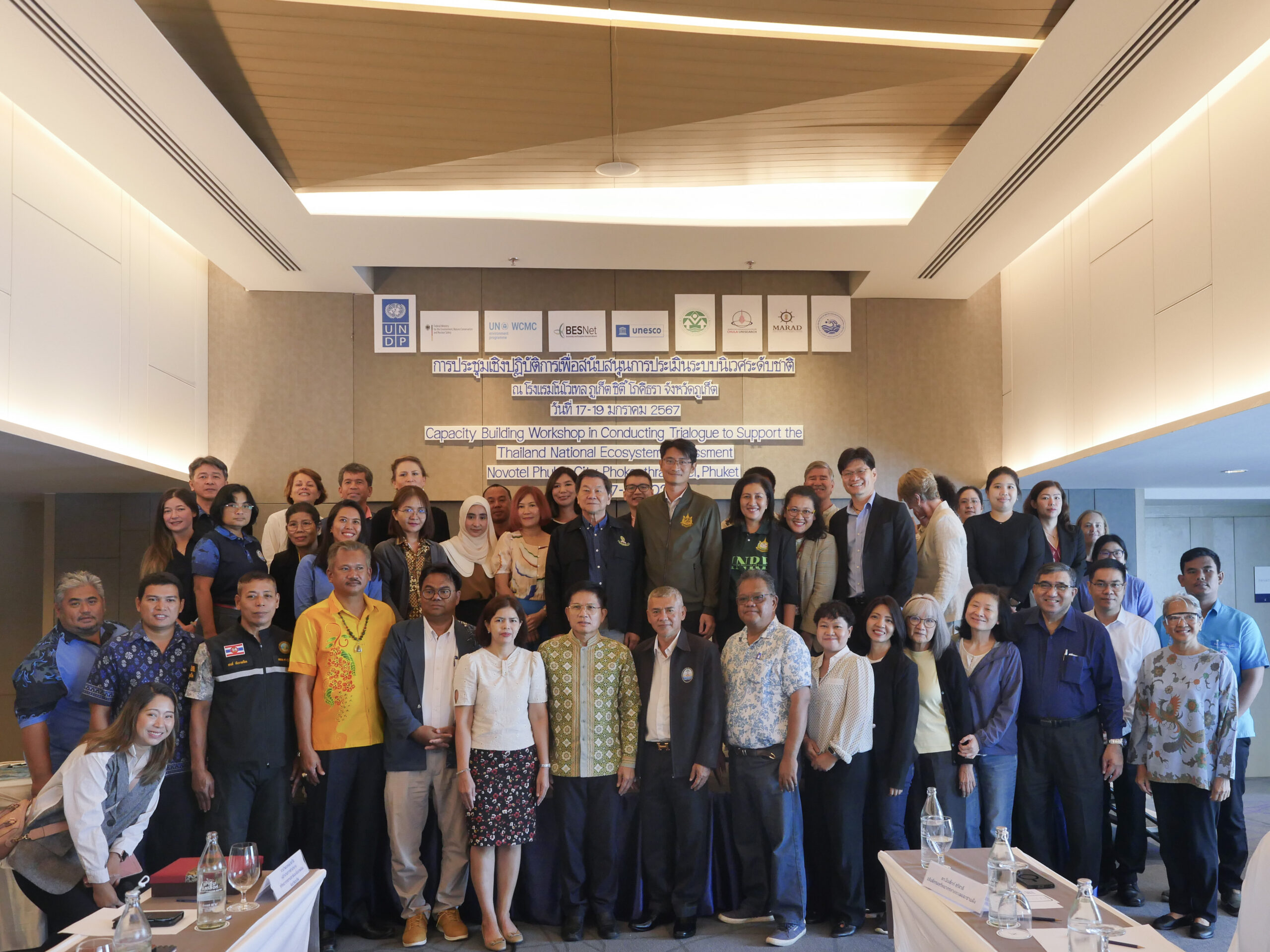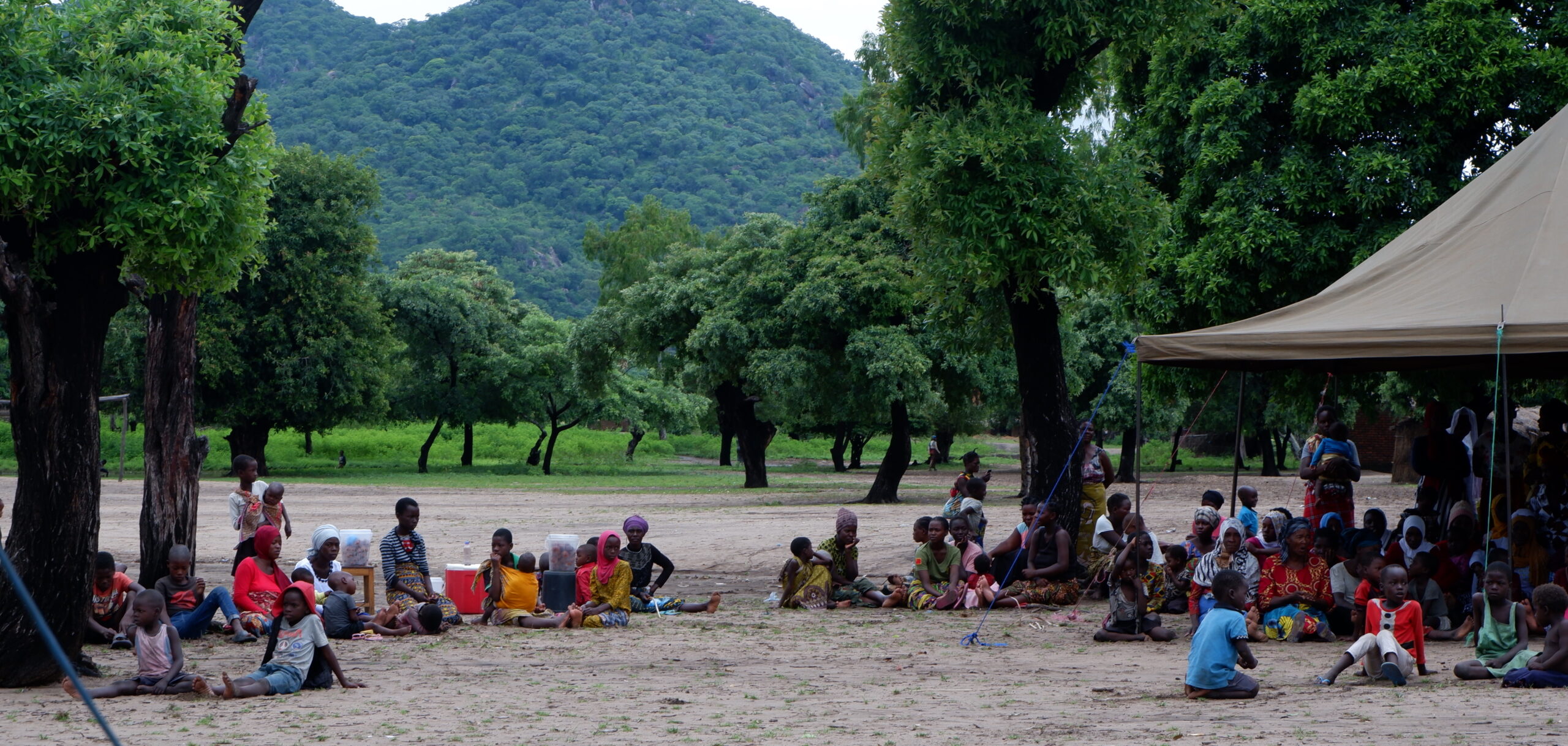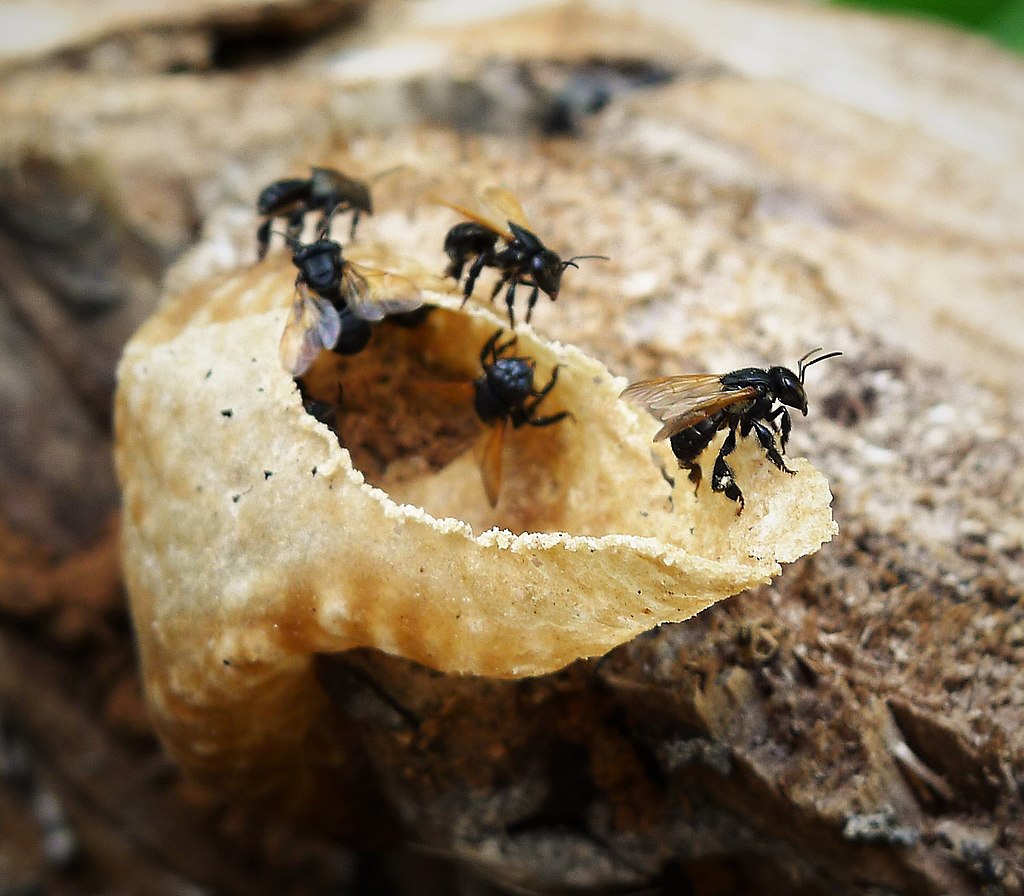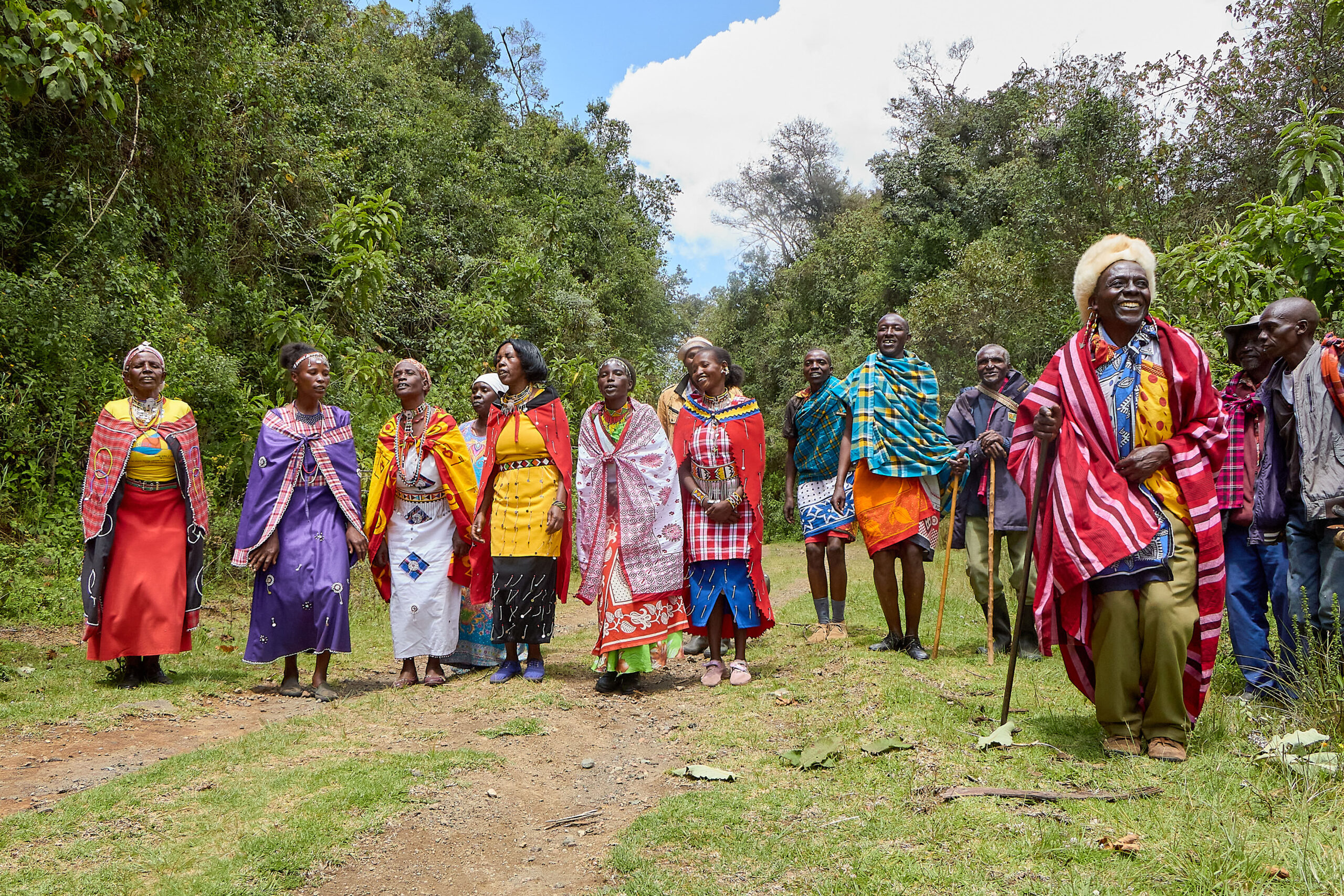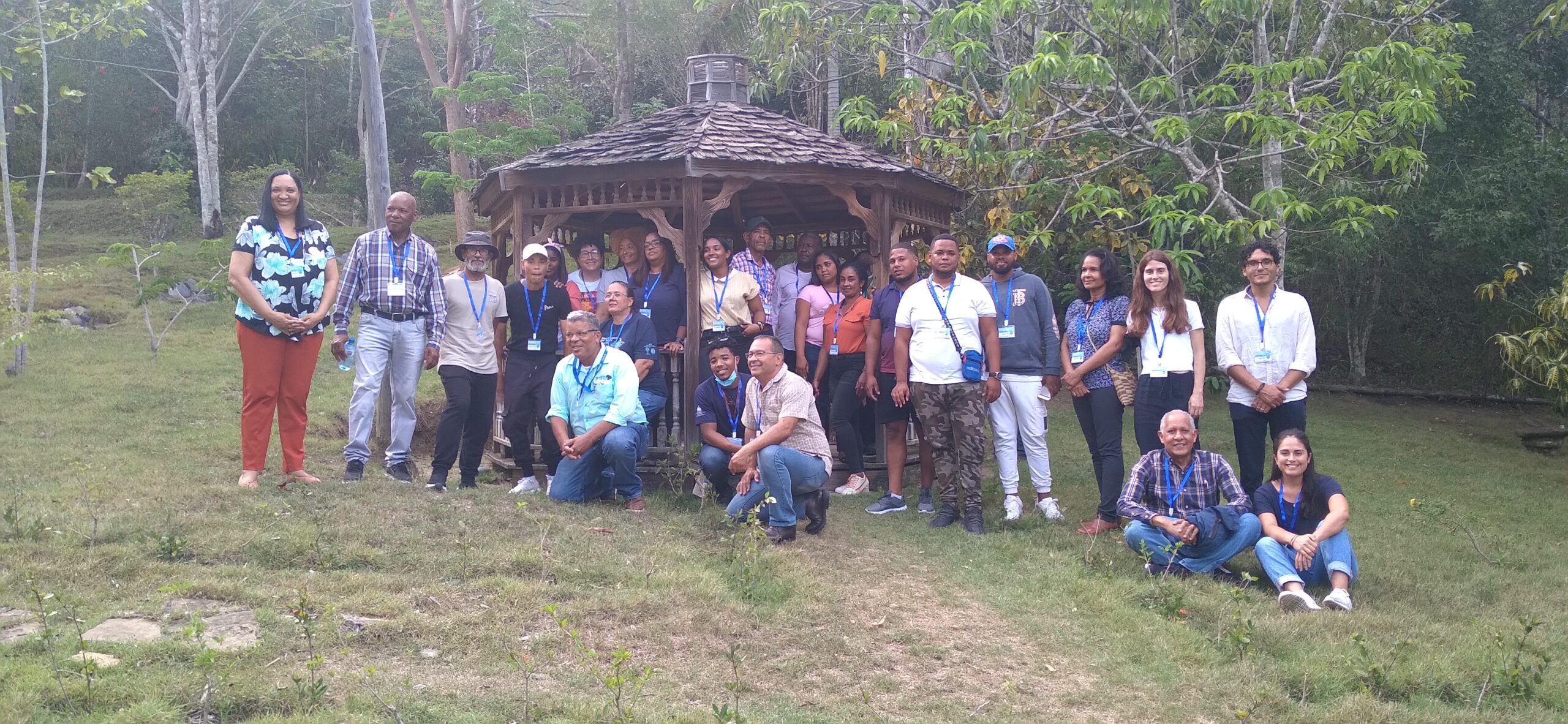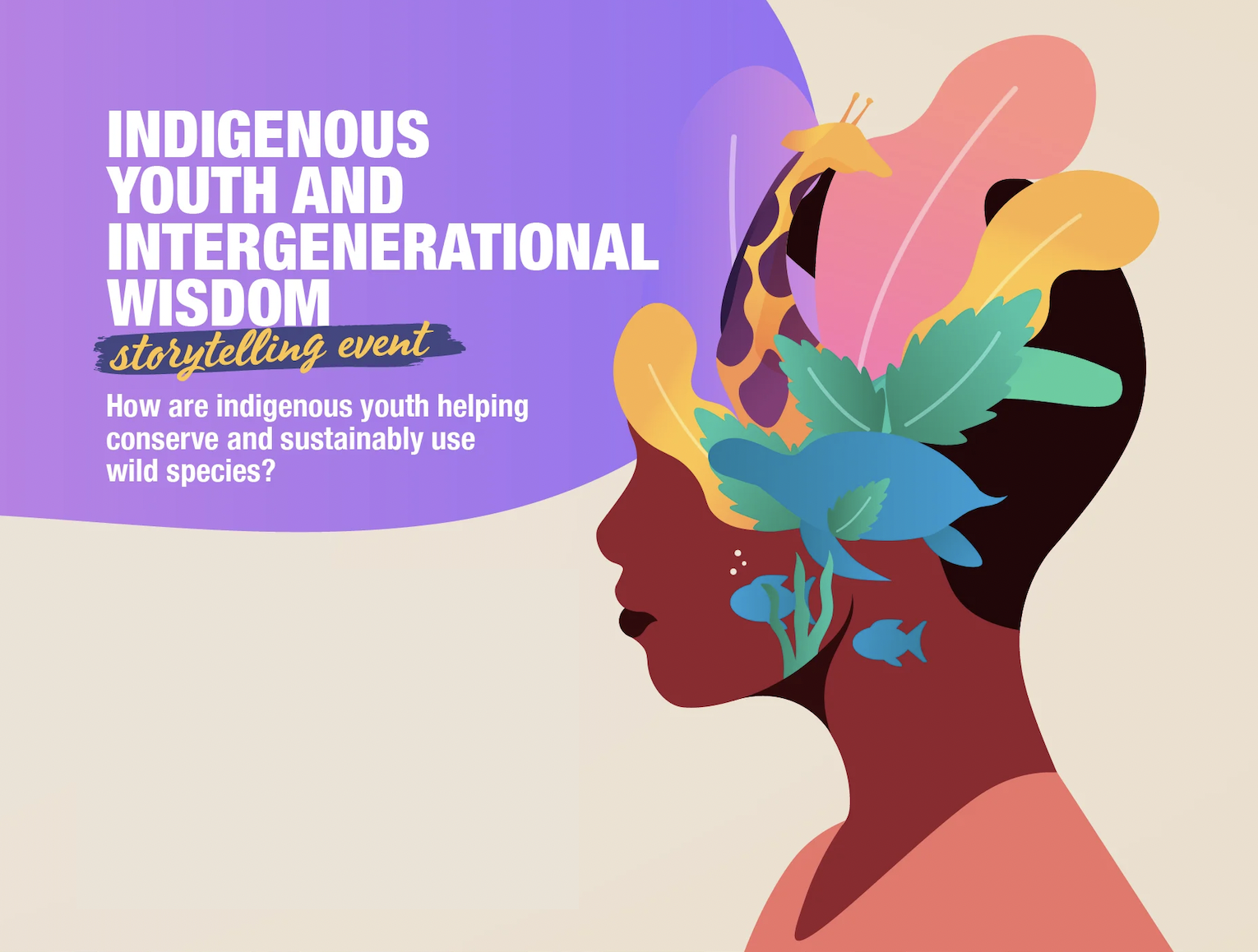While zoonotic diseases are considered as one of the most pressing global issues of our era as a result of 2019 novel coronavirus (COVID-19) outbreaks, a renewed focus is also being placed on the issue of land degradation[1]. Land degradation refers to a process in which the value of the biophysical environment is affected by a combination of human-induced processes acting upon the land[2]. It is associated with the loss of life-supporting land resource through soil erosion, desertification, salinization, acidification, etc.[3] Considerable interest in the relationship between land degradation – and associated biodiversity loss – and zoonotic diseases outbreaks has recently captured the attention of the research community, with important public policy implications. BES-Net Op-Ed series on COVID-19 seeks to contribute to this dynamic by providing insights into concrete examples of linkage between land degradation and the rise of zoonotic diseases in order to help identify more integrated, cross-sectoral, and inclusive policy options that build the health and resilience of people and the planet.
Building on the hypotheses underpinning the linkage between land degradation and zoonotic disease outbreak, as outlined in the Op-Ed series #5, this Op-Ed series #6 provides evidence-based examples of how land degradation and biodiversity loss contribute to zoonotic disease outbreaks and the policy implications.
Evidence-based linkage between land degradation and zoonotic disease outbreaks under the coevolution hypothesis
There are growing evidence of linkage between land degradation and zoonotic disease outbreaks in the literature:
- Deforestation and Ebola virus outbreak in West and Central Africa – Deforestation accounts for the major land degradation problem as it results in severe soil erosion, flood, and loss of fertile soil. Forest destruction and disturbance increase human exposure to zoonotic disease reservoirs. An analysis of large-scale deforestation and fragmentation in West and Central Africa from 2001 to 2014 shows that the Ebola virus outbreaks along the edge of the forest was associated with the loss of the dense forests, especially those with high canopy cover, that happened within the previous two years (2012-2013)[4].
- Deforestation, agriculture expansion and emergence of bat-associated viruses in Australia – The emergence of bat-associated viruses in Australia – Hendra virus, Australian bat lyssavirus, and Menangle virus – in 2009 is considered to be associated with loss of bat habitat due to deforestation and agricultural expansion. Changes in the location, size, and structure of bat colonies, and foraging in peri-urban fruit trees have led to greater contact with livestock and humans, increasing the probability of pathogen spillover[5].
- Environmental change and livestock intensification linked to the emergence of Nipah Virus in Malaysia – Land-use change can facilitate contact between species that usually have little or no prior interaction, allowing pathogens to cross the species barrier. Nipah virus emerged from a large intensive pig farm in Ipoh, Malaysia, in 1997. Studies suggest that Nipah virus spilled over to pigs from infected fruit bats searching for food in cultivated fruit orchards adjacent to the pig farm. Infected pigs were then sold to other commercial pig farms in the south, resulting in the 1998-1999 outbreak in pigs and piggery workers[6].
Evidence-based linkage between biodiversity loss and zoonotic disease outbreaks under the dilution hypothesis
Several concrete examples of the linkage between biodiversity loss and zoonotic disease outbreaks have been highlighted in the literature:
- Reduced mammal diversity and re-emergence of Chagas disease in Brazil – A study of the effect of anthropogenic landscape fragmentation in Brazil’s Atlantic Forest found that the re-emergence of Chagas disease, caused by the parasitic protozoan Trypanosoma cruzi, was associated with reduced mammal diversity and increased abundance of competent reservoir species, such as the common opossum and other marsupials. Moreover, T. cruzi was found to be more prevalent in small mammalian species in forest fragments than in continuous forests[7].
- Decrease in bird diversity and increase West Nile virus in the United States – West Nile virus was introduced to the United States in 1999 and is now endemic. Wild and peri-domestic birds serve as virus hosts, and mosquitoes as disease vectors. The introduction of the exotic virus has substantially reduced numbers of native bird populations, with some species showing no signs of recovery. A national-scale study found that prevalence of West Nile virus infection in vector mosquitos and humans increased as bird diversity decreased. Bird communities with rich diversity tended to be less competent pathogen reservoirs[8].
- Reduced biodiversity and increase in Lyme diseases in North America – Forest fragmentation in North America has led to an increased risk of Lyme disease in humans as a result of reduced biodiversity and the associated increase in the density of the white-footed mouse (Peromyscus leucopus), an efficient host for the causative agent, Borrelia burgdorferi, and its tick vector. Ticks occurring in forests with high vertebrate diversity have lower B. burgdorferi infection prevalence than ticks in low vertebrate diversity habitats, and there is a greater abundance of ticks in low diversity habitats[9].
Policy implications of the linkages between land degradation, biodiversity loss and zoonotic disease outbreaks
A major constraint to moving towards a pandemic-free world is that most efforts to control infectious diseases are still reactive rather than proactive. During any disease crisis, much effort is spent in developing immediate responses. However, much less investment is made in reducing future outbreak risks by addressing the underlying structural problems or drivers that are causing the recurrence of animal and human epidemics and pandemics.
Preventing zoonotic disease outbreaks should therefore be considered as the most vital option to reduce the socioeconomic impacts of future emerging infectious disease pandemics. To achieve this goal, a comprehensive approach that brings together animal health, environmental health and human health should be pursued. Such approach will combine the ‘One Health’ approach, which is defined as the collaborative effort across multiple disciplines to attain optimal health for people, animals, and the environment, and the ‘EcoHealth’ approach, which is defined as a set of systemic, participatory approaches necessary to understanding and promoting both health and well-being in the context of social and ecological interactions[10]. One Health, as generally practiced, emphasizes biomedical animal and human health, while ‘EcoHealth’ pays more attention to the broader relations between health and ecosystems, focusing on the environment and related socio-economic systems[11].
Success will require addressing the root causes and drivers of disease emergence, which in turn will require changing our behavior and our actions in relation to ecosystems. While some of the basic ecological factors of disease emergence are known, these factors need to be integrated fully into country-level surveillance and response programmes and beyond to include recovery and rebuilding/transformation programmes with relevant expertise included in inter-sectoral teams.
Moving forward, several key action points are recommended:
- Further invest in understanding the underlying environmental links with infectious zoonotic diseases and the emergence of those diseases.
- Work to monitor zoonotic disease in human-dominated environments (where live animals may be sold), in areas where human settlements are encroaching on wildlife habitats, as well as in intact ecosystems that are home to important wildlife species. Such work will help us to establish essential baselines.
- Investigate how the fragmentation and degradation of habitats – whether due to urbanization, inappropriate agriculture or other development or other forms of environmental change and degradation – are affecting the emergence of diseases
- Strengthen research capacity-building, and further investigate the links between wildlife exploitation, zoonotic disease emergence, and the potential risk of an epidemic or pandemic for a deeper understanding of how existing stressors, including pollution and climate change, exacerbate risks and impacts from zoonotic disease.
Mainstreaming “One Health” and “EcoHealth” mentality into future development planning and actions in a multi-sectoral manner so the zoonotic diseases will not be considered purely health issue but all concerned sectors will play their roles to prevent future outbreaks.


